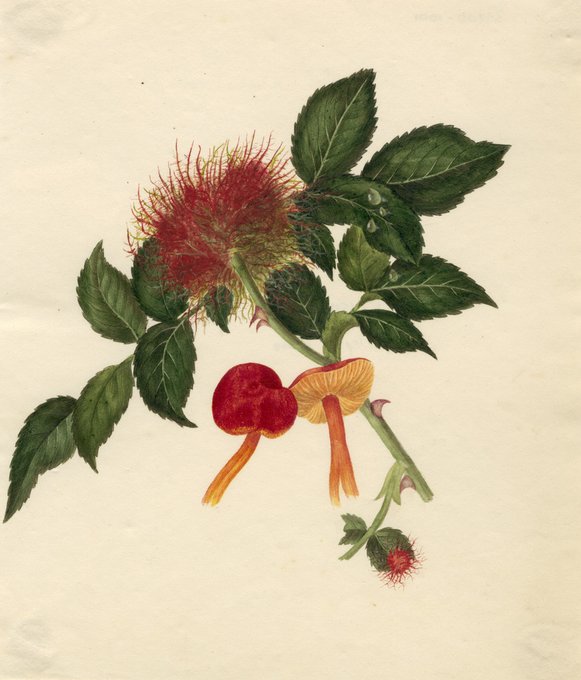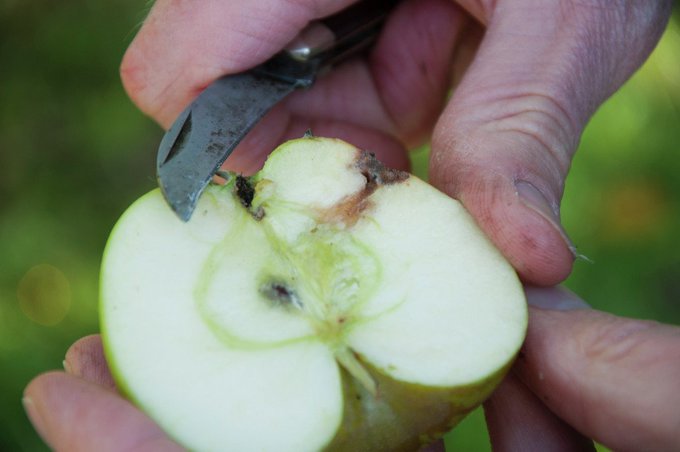enqofthedayのTwitterイラスト検索結果。 3 件
#EnqOFTheDay @The_RHS The robin's pin cushion (rose bedeguar gall) often found on roses at this time of year https://t.co/Vj78asaUZH
0
3
#EnqOfTheDay @The_RHS Codling moth - will be overwintering as non-feeding caterpillars in leaf litter etc. Pheromone traps in spring can help improve control. Found a lovely image in the @RHSLibraries archive (Hochstein (fl.1845-65) (Artist)) https://t.co/jV2qKzhw2i
5
14
#EnqOfTheDay @The_RHS Codling moth - finding holes and caterpillars in apples and pears this is the cause. https://t.co/DfE64NUA84 . Found a great illustration of damage and the moth from 1845 in the @RHSLibraries collection
3
10
もし、気にっていただけましたらTwitterやブログで宣伝していただけると管理人が喜びます。
ツイートする







